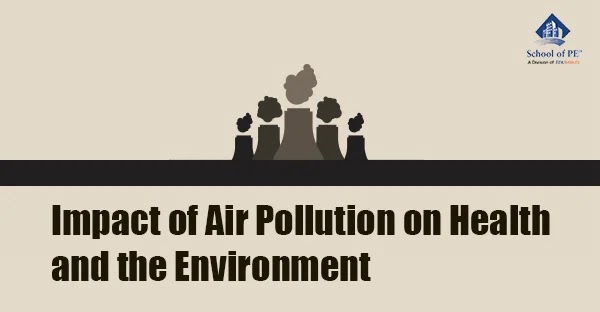Need for Personal Protective Equipment
Safety is a major issue for people who work in the construction industry. Each and every year, fatal incidents happen in the construction industry due to the absence of personal protective equipment (PPE). Protection equipment protects employees against health or safety risks during construction operations. The purpose of protective equipment is to reduce employee exposure to risks when administrative control is not effective in the field to reduce these risks. Personal protective equipment includes items such as head protection, goggles for eye protection, protective footwear, and respiratory protective equipment in cases of asbestos or chemical operations. Everyone in the workplace is responsible for keeping the working environment safe. Employers and project safety managers need to know the safety regulations that are relevant to their industry and ensure that their organizations are up to Occupational Safety and Health Administration (OSHA) standards. Construction personnel have to do their part to understand and follow the procedures. OSHA enforces safety standards and codes at all project sites to prevent incidents. Incident rate calculations and restricted days work calculations according to the OSHA manual are important for FE exam preparation.

Engineering Risk Factors in An Organization
Risks exist in every workplace in many different forms like falling objects from top floors of construction, sharp edges at guardrails, flying sparks during welding operations, chemical exposures during various treatment processes, and exposure to noise for long periods of time at a project site. Controlling a risk in an organization is the best method to protect employees. Depending on the category of risks, the implementation of incident controls can eliminate risks to the greatest extent possible. Project engineers must carry out a risk assessment before suggesting any personal protective equipment to safeguard an individual's health and safety. The assessment process specifies the equipment that is essential to overcome risks and identifies the suitability and compatibility of the equipment.
The Use of Personal Protective Equipment
Personal protective equipment is generally considered a critical topic in
FE exam review courses as well as on the Fundamentals of Engineering exam. Personal protective equipment helps to minimize exposure to a variety of threats and injuries. Some of the examples of PPE includes gloves, protective hearing devices, foot and eye protection devices, respirators and full body protection aprons. This personal protective equipment helps to decrease the number of workplace incidents. Many organizations use an employee safety manual and field meetings to educate employees on safety procedures. Employers are also responsible for enforcing safety procedures. Project engineers are responsible for employee actions and ensuring that organizational policies provide a safe working environment. PPE decreases the number of incidents and helps companies save money on their insurance policies. Companies with several safety incidents are generally considered high risk organizations by insurance companies. The need for personal protective equipment must be assessed by a qualified person who is capable of identifying quality equipment for a better protection of safety.




